We usually associate onions with the globe-shaped red, yellow, or white onions that are readily available in supermarkets, but there are all kinds of different types of onions used in cooking.
While standard onions are a welcome addition to many dishes, many different types of onions have unique flavors.
11 Types of Onions
Onions are part of the allium family ('cultivated garlic' in Latin), which produce plants with a bulb and leaf.
The onion family has many types of edible plants - including shallots, leeks, globe onions, spring onions, and wild onions.
We'll cover all these types of onions and how to use them, including suggested recipes that show off their flavor!

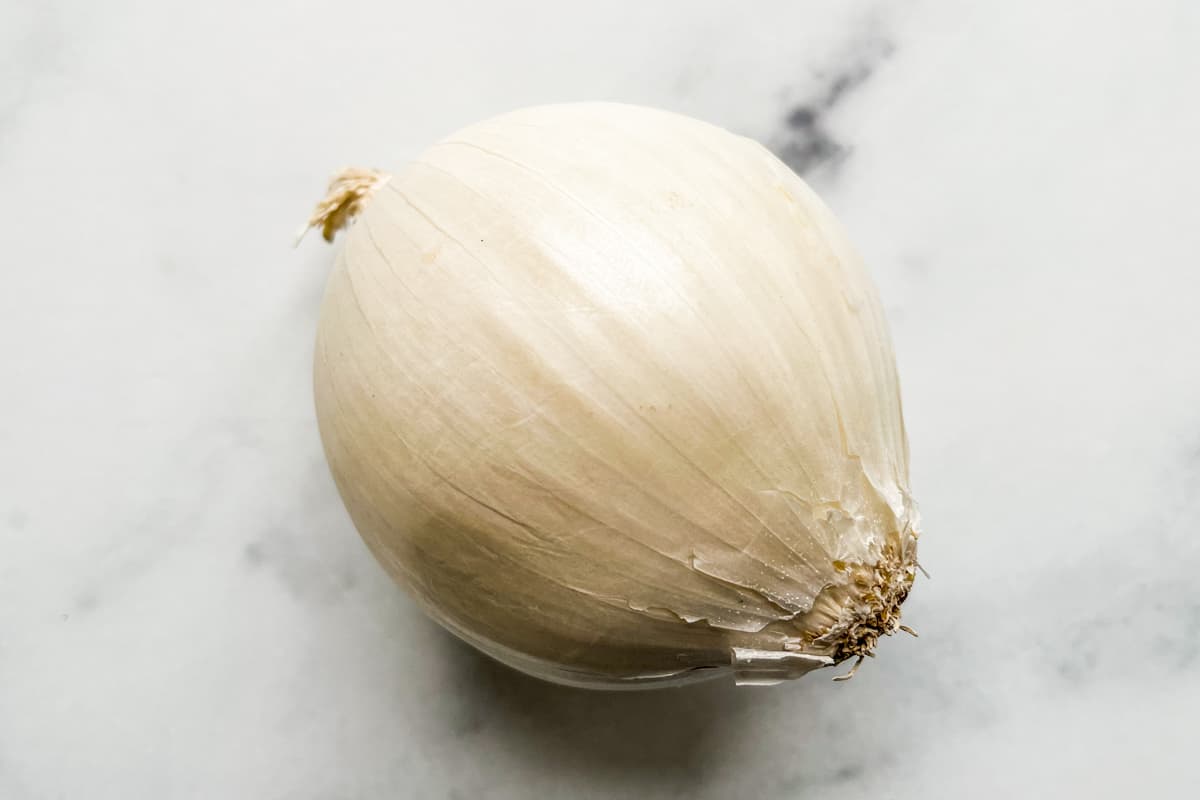
White Onions
White onions are the most common onions you will find in the grocery store. They're also a popular choice of onion to have on hand at home because they are so versatile.
White onions have a thin white skin and white flesh. They are generally slightly sweet with a mild flavor and are often used in Mexican cuisine. White onions are mild enough to finely dice and used raw in dishes like guacamole, fresh salsa, and salads. With the exception of sweet onions, white onions can easily be substituted in to replace most other onions in cooking.
Here are a few of the best ways to use white onions:
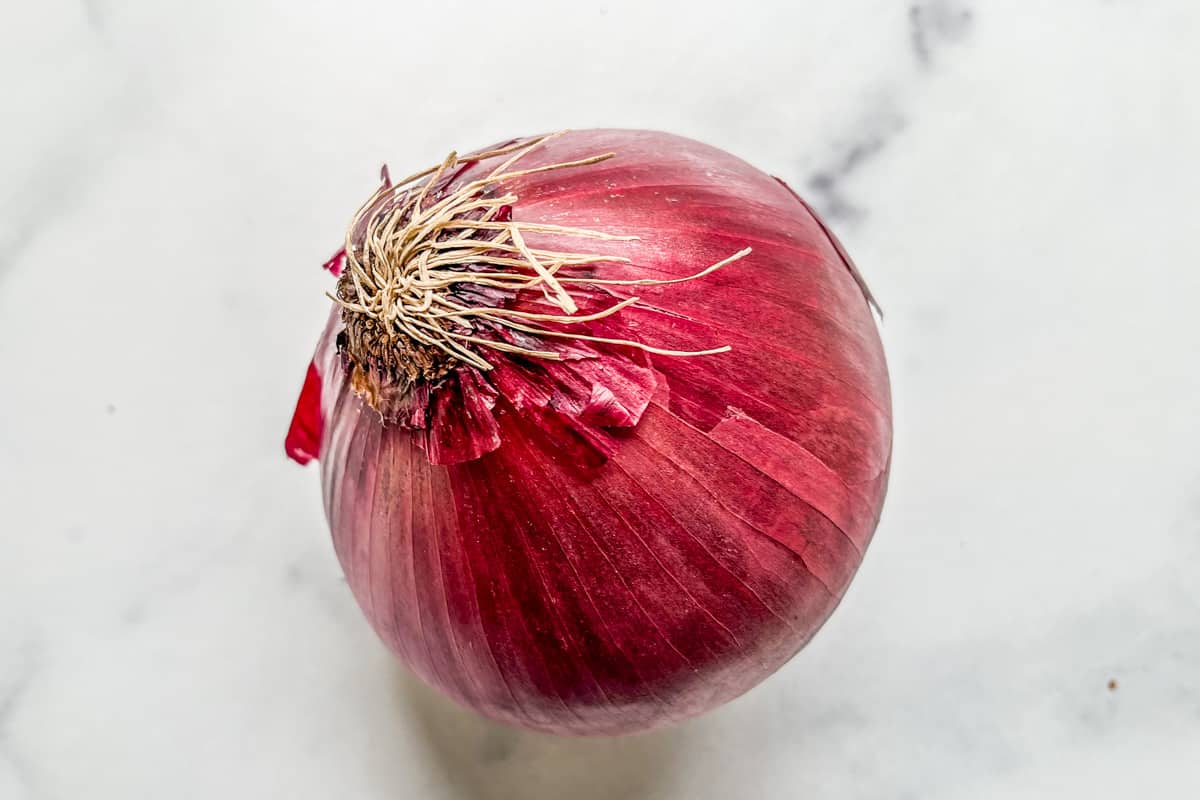
Red or Purple Onions
Red onions have a deep purple or reddish flesh and a relatively mild flavor. Cooking removes most of their color, so you often see them in raw applications.
Red onions are found in salsa, chutneys, salads, sandwiches, or as a delicious taco topping. They're also great for pickling!
Here are a few of our favorite ways to use red onions:
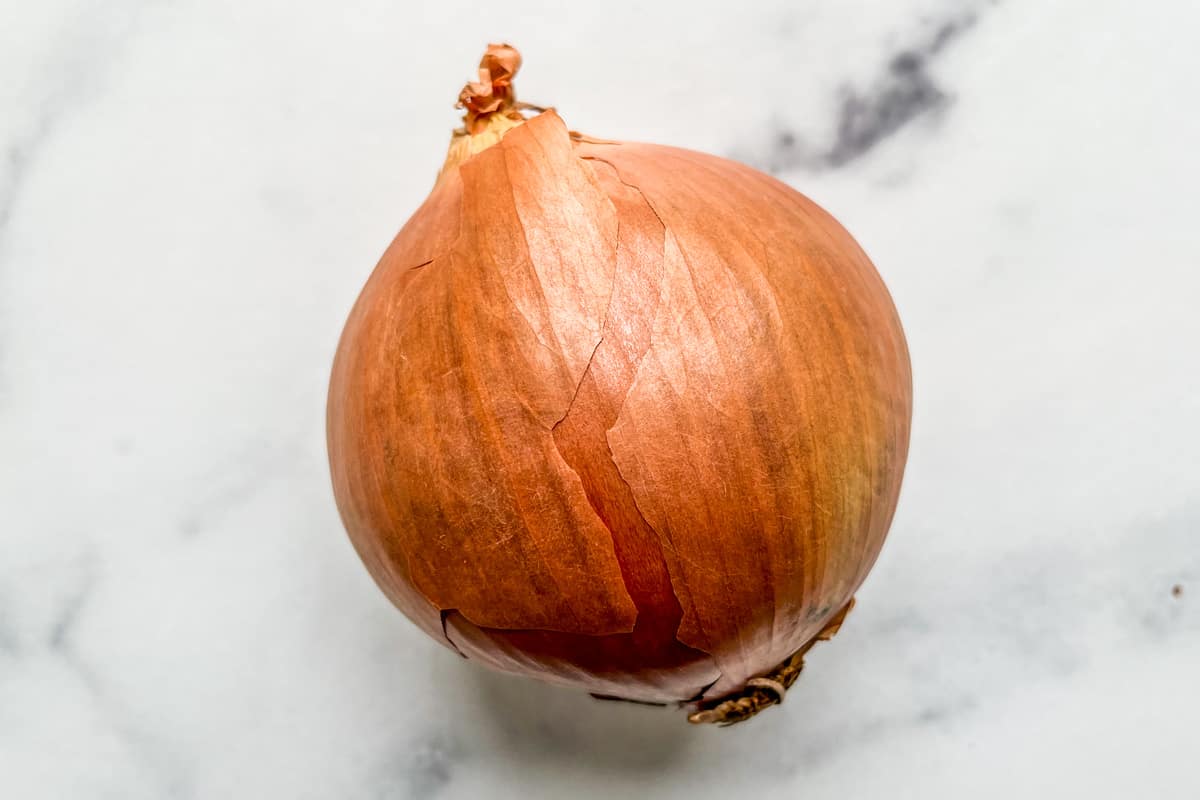
Yellow or Brown Onions
Yellow onions have a deeper and more complex flavor than white onions. They tend to be grown in sulfur-rich soil. They're a great all-purpose, workhorse onion and can be used as the base of many dishes.
Yellow and brown onions have a bit of a sweet flavor to them, making them the onion of choice for dishes like French onion soup and caramelized onions.
We highly recommend using yellow onions in these recipes:
- Caramelized Onions
- Viral Onion Boil Recipe
- Ground Turkey Chili
- Mexican Veggie Soup Recipe
- Crispy Onion Ring Chips
Spanish Onions
Spanish onions are often confused with yellow onions because they look very similar on the outside. But Spanish onions are a little sweeter than yellow onions. They don't have as high a sugar content as the sweet onion varieties but are often enjoyed raw due to their slightly sweet taste.
You'll want to store Spanish onions in a cool, dry place, as listed below. They should last a few weeks but will not last as long as other onions.
Ideal ways to enjoy Spanish onions are raw, as a topping on salads, tacos, and sandwiches, or roasted/grilled.
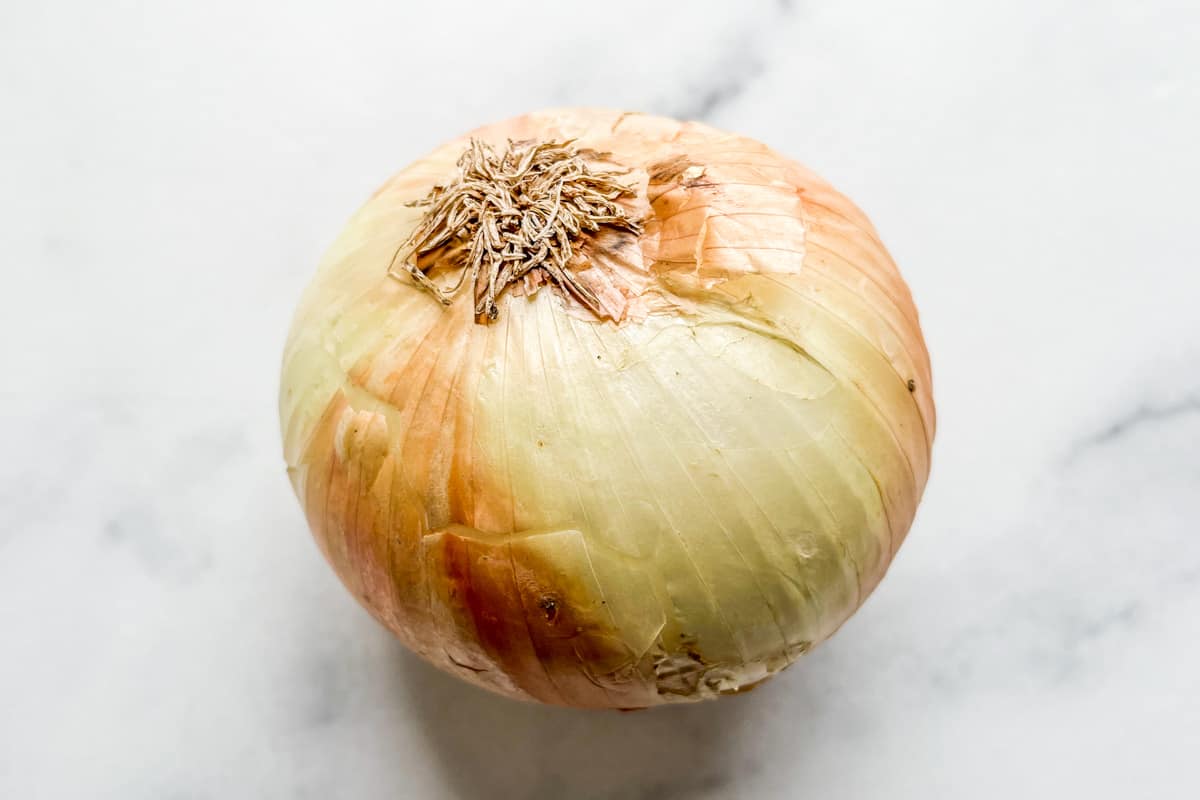
Sweet Types of Onions
Several types of sweet onion varietals exist. Sweet onions have a high sugar content, which makes them taste great in salads, onion rings, or salad dressings. They can be served raw. These five sweet onion types are the most popular in the United States and are all sweeter than other globe-shaped onions.
Their sweet flavor makes them a great option for recipes calling for raw onions, and sauteing them brings out their sweetness.
Because they are more perishable, store them in the refrigerator.
- Vidalia Onions are sweeter yellow onions due to less sulfur in the soil where they're grown. Georgia owns the trademark for Vidalia onions.
- Walla Walla Onions are grown in Washington state. They are a yellow onion with a sweet taste.
- Bermuda Onions are flat-topped, sweet onions and are a good substitute for shallots. They generally have to be homegrown as they are not available in most grocery stores.
- Maui Onions are grown on the island of Maui. Like the other sweet onions, Maui onions have a less pungent flavor than other onions as well as a sweet flavor.
- Cipollini Onions are a small round onion with a mild flavor. They were originally grown in Italy but are now grown worldwide and can usually be found in the fall. They're great for roasting whole and add a special gourmet look and taste to a dish.
Sweet onions taste great in these recipes, like Sweet Vidalia Onion Salad and Vidalia Onions with Grape Tomatoes and Spaghetti.
Egyptian Onions
Egyptian walking onions (or tree onions) are small bulbs that grow on top of the plant. Where other onions grow below the soil, the bulbs of the Egyptian onion grow on top of the stalks. The bulbs are about one inch in size and can have a mild flavor but usually have a strong, sharp flavor.
In the summer, Egyptian onions are usually found at farmer's markets or grocery stores.
Egyptian onions can be used much like shallots. They can be chopped small, used in salad dressings, added to soups, or even pickled. The green stems can be cut and used as a garnish or in salads, similar to scallions.
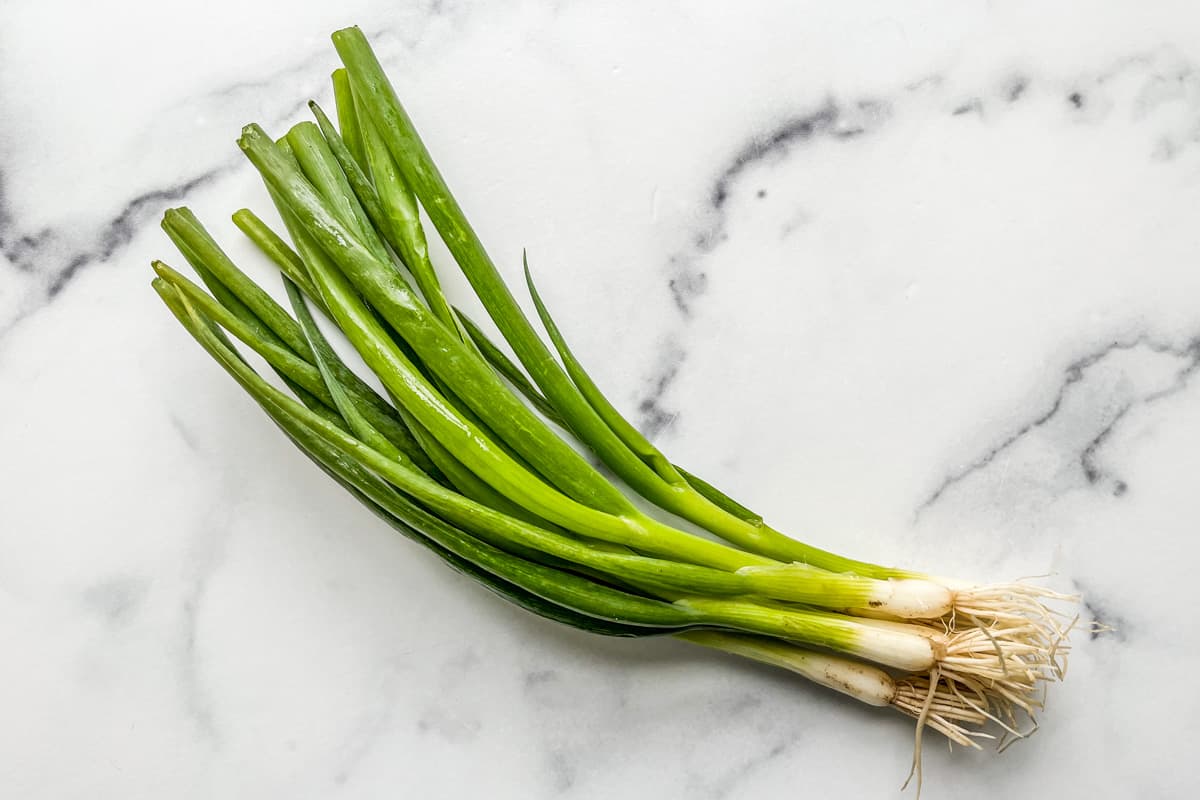
Scallions (Green Onions)
Scallions and green onions are the same thing - let's get that out of the way!
They're immature onions as they're harvested when they're very young before a bulb can fully form. When they mature, they become spring onions. You can use the entire scallion (green, light green, and white parts).
The dark green tops of the scallion make a great raw garnish, while the light green and white parts are best cooked since they're tougher. You can even grill the whole scallion for a delicious side dish. The green parts are delicious in salads and as a garnish in Asian dishes.
Here are a few great ways to use scallions:
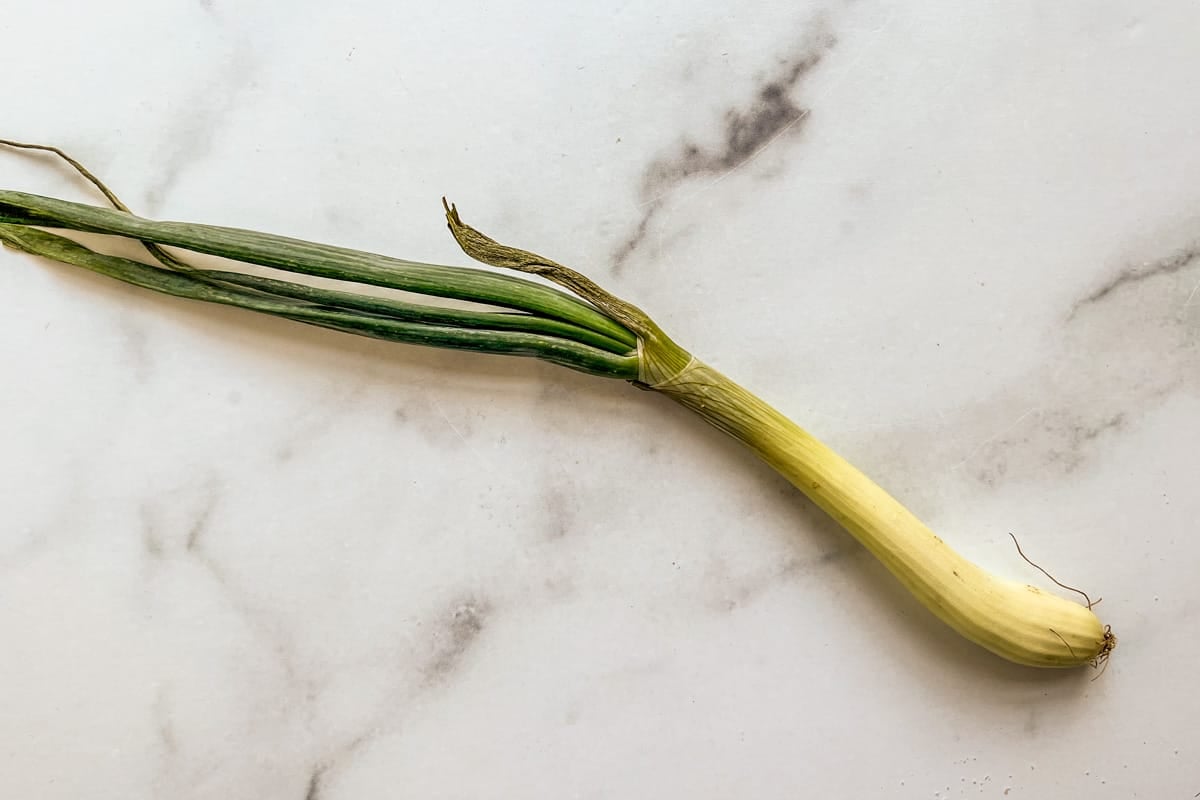
Spring Onions
Spring onions are mature green onions. They grow longer and develop a small bulb at their base. They have a stronger flavor than scallions.
Here are some great recipes with spring onions:

Pearl Onions (Button Onions)
Pearl onions are small white onions, usually the size of a marble. They have a mild flavor and taste like a leek. Pickled pearl onions are popular. You may have seen pickled pearl onions used for cocktail onions. They also make a great garnish for fish dishes and charcuterie boards.
Here are a few ways to use pearl onions:
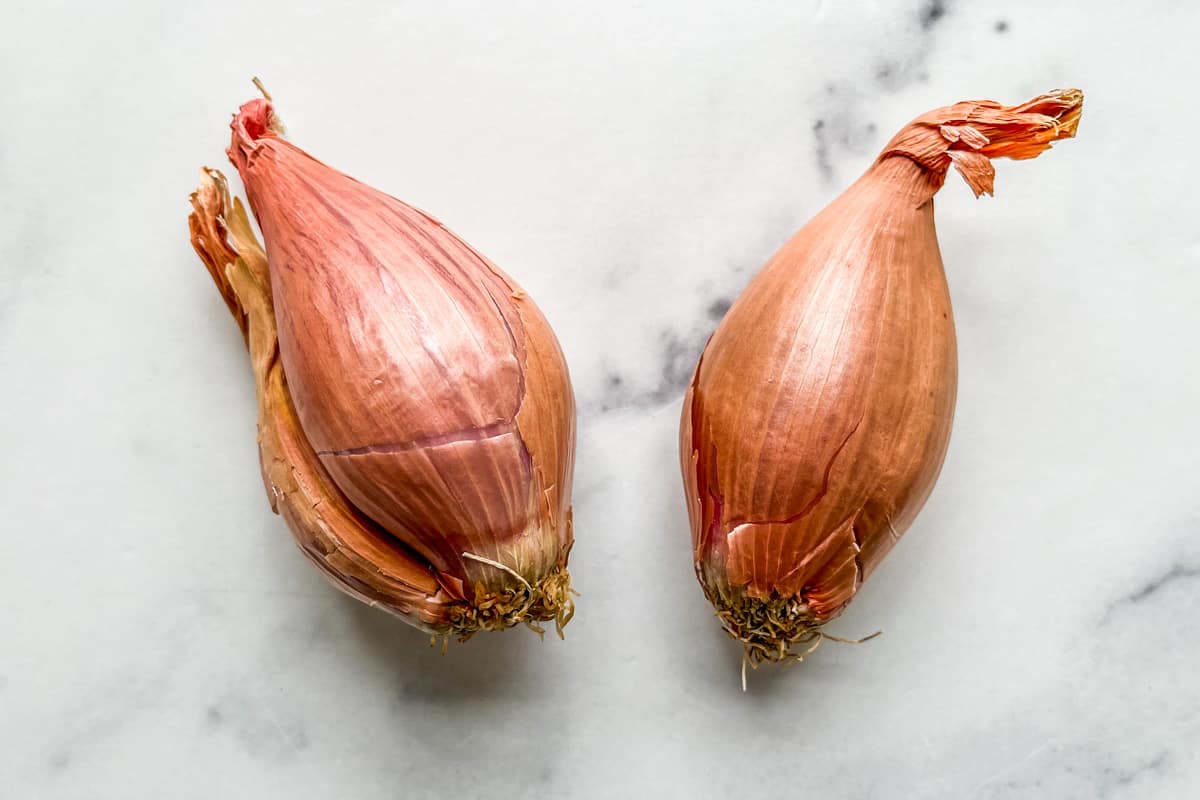
Shallots
Shallots grow in clusters similar to garlic and vary in color from green to dark red. They are smaller than globe onions and can be used in a variety of ways. Shallots are a little more delicate than white, yellow, or brown onions and are great in salads, salad dressings, and casserole dishes. They can be enjoyed raw due to their milder flavor or lightly cooked.
Here are a few ways to use shallots:
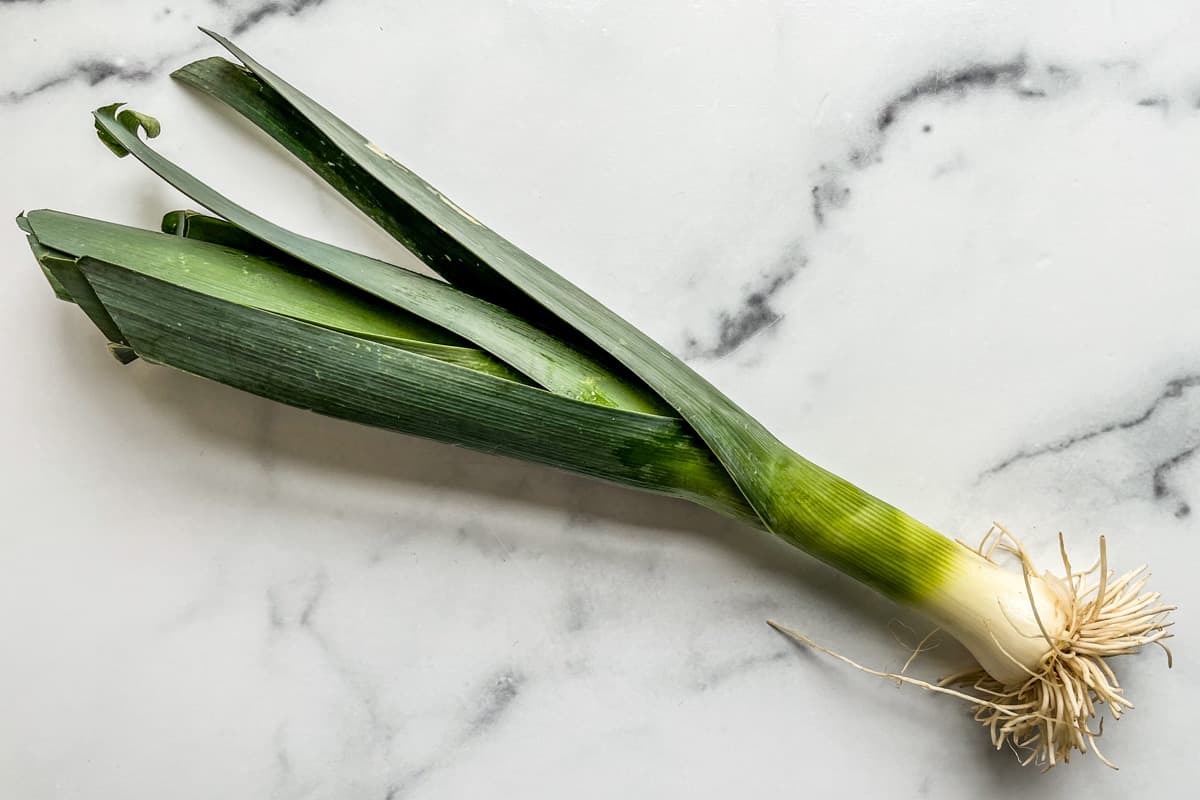
Leeks
Leeks look like giant green onions with three distinct parts: a white base, a light green center section, and a dark green top. The dark green portion is usually discarded because of its tougher texture.
Leeks have a subtle onion-like flavor and are great in soups and for roasting. Leeks are actually quite versatile and can be used in a variety of different ways.
Here are a few delicious leek recipes:
Onion FAQs
What's the best way to store onions?
You want to store whole onions and shallots in a cool, dry room. Storing away from potatoes and bananas, as those can make other produce ripen faster. Store peeled and cut onions in the refrigerator for up to 7 days.
Store green onions, spring onions, and leeks in the refrigerator.
How do you stop tearing up when cutting onions?
We've found three ways to stop tearing up when slicing onions.
- Use a sharp knife, chop quickly, and don't cut through the root end.
- Keep a fan on or your kitchen window or door open to get some airflow.
- Before cutting, soak your onions in cold water for a few minutes.
I've also seen people wearing swimming or science goggles. I haven't tried this, but wearing contacts instead of glasses seems to ease the sting.
Can you eat sprouted onions?
Onions that have sprouted aren't bad for you or toxic, but they may be mushy inside and if so, you can discard them as they won't taste as good. Otherwise, pull the sprouted parts out and cut and use as normal. You should discard the onion if it has any black spots or mold.
Here's our full guide on How to Tell if An Onion is Bad.
Conclusion
The best types of onions to use will be the ones called for in a recipe, as it was likely designed with a particular flavor in mind. Experimenting with different types of onions can be a lot of fun, though. So the next time you're at the store and see a new onion, grab it and see what you can come up with at home.
Interested in More Guides?
We have a whole collection of guides to help you in the kitchen.
Here are some of our favorites:





Tamara Andersen says
I love this post! I rarely make a dish without some variety of onions. I pinned it, but more importantly shared to my Facebook page. Thanks for including my salsa criolla!
Janette says
This is a very helpful post, I love cooking with onions and this has really given me so many ideas.